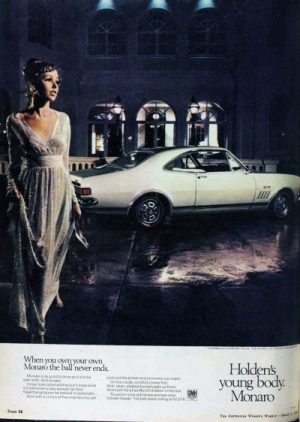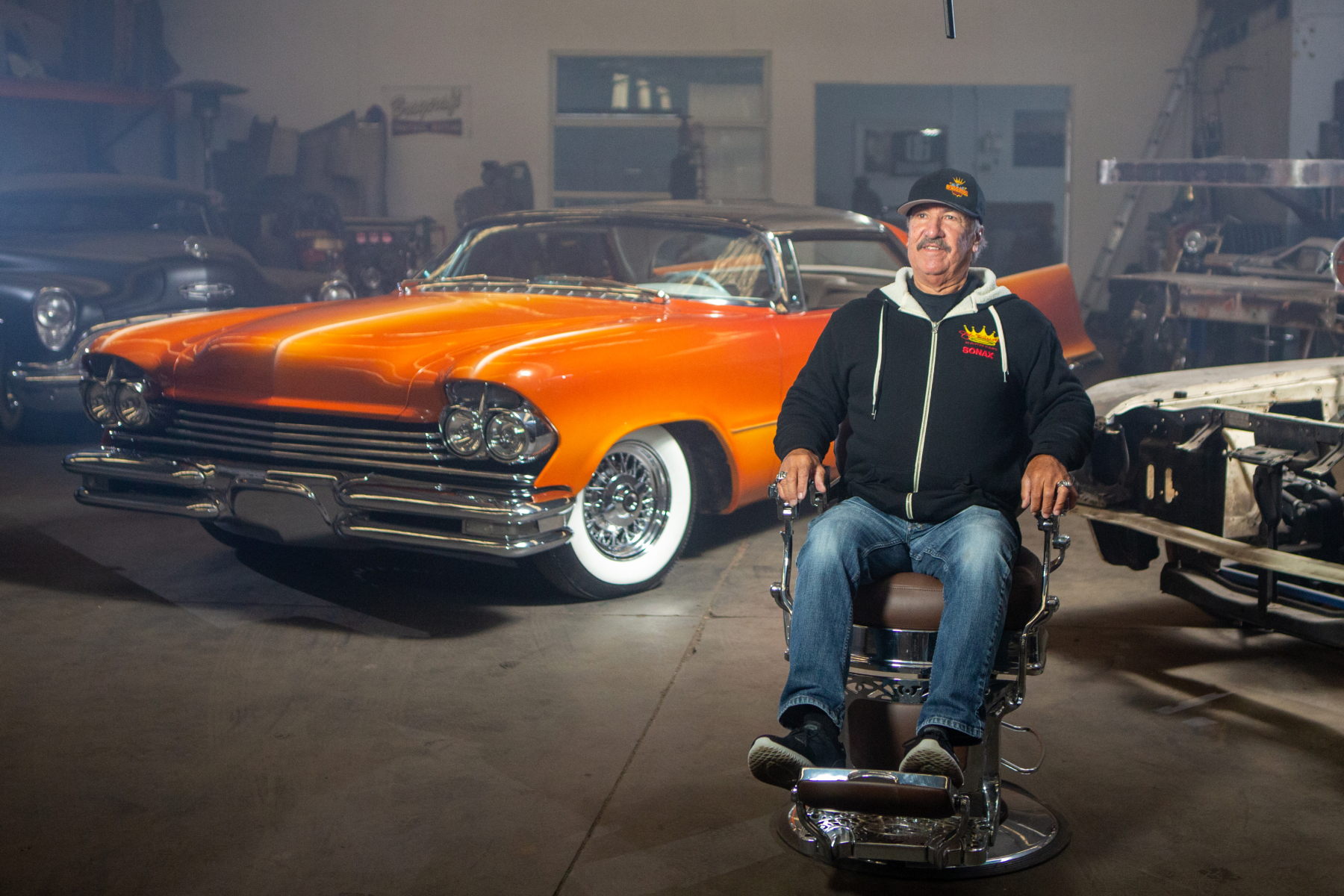

During its first decade as a motor vehicle manufacturer, Holden built cars that appealed to a conservative market; cars that had a lot in common with the reserved, frugal and practical people who bought them.
Then the 1960s dawned and Holden began to move with changing times. First came the luxury of the leather-trimmed Premier, bigger engines and brighter colours. Finally, in 1968 the HK range brought the company’s first Aussie model with a V8.
Six months after the arrival of the mainstream HK range and accompanied by an advertising campaign with the slogan ‘A New Power Is Loose In The Land’, Holden unleashed a car that changed Australian motoring forever.
The Monaro that was launched in July 1968 was not the first locally-built pillar-less coupe. It wasn’t the first V8 with sporting ambitions either; that honour going a year earlier to Ford’s XR Falcon GT. However the Monaro’s marketing strategy operated in a way that would remain unique in our market for as long as cars were built here.
At the top of the tree was a 5.3-litre GTS327 with disc front brakes, a four-speed gearbox and the credentials needed to win the most significant production car races in Australia.
At the bottom of the Monaro range was a 2.6-litre base model with a three-speed, column-shift gearbox, drum brakes and skinny tyres. But it was still a Monaro. It still had the panoramic pillarless view out the side windows, those big doors and seats that tilted to provide access to the rear seat.
Between these extremes sat a variety of affordable models and engine/transmission combinations. Most popular with ‘family’ buyers was the ‘GTS186’ with a 3.1-litre engine and four-speed manual or two-speed Powerglide transmission.
A year after appearing on local roads, the Monaro was due for its first facelift. The HT GTS350 had a different grille and redesigned dash and larger 5.7-litre engine which it used – in conjunction with long-lasting radial tyres – to win a second Bathurst 500 motor race against the faster Ford Falcon GTHO.
At that point the Monaro’s official motor-sport programme came to an end but the model went from strength to strength.
For 1971 there was a completely new and stunningly styled HQ version; still available in a range of models from basic six-cylinder versions to the thundering GTS350 with manual or automatic transmission. As well there was an LS model with six-cylinder or V8 engines, Premier interior and options such as power windows and air-conditioning.
The Monaro’s days as a coupe were numbered though and in 1973 Holden added to its HQ Monaro range a four-door sedan. This one was sold only in GTS trim and with a choice of 4.2, 5.0 or 5.7-litre V8 engines.
Two-door Monaros soldiered on through two more model changes but by 1976 their day was done. To clear the final 600 Monaro coupe body shells a Limited Edition HX LE was produced.
From there on the Monaro’s existence was under threat. Increasing fuel costs and buyer dislike of larger cars saw models like the Monaro and Falcon GT becoming irrelevant. A new Commodore was arriving from Europe and there was no space in its line-up for a dedicated performance version. Not until a couple of year later when racing driver and entrepreneur Peter Brock created a niche.
Enthusiast Insurance loves Monaros and we insure many 1960s-70s models. If you have one of these ground-breaking Holdens or are looking to buy one, contact Enthusiast www.enthusiast.com.au to see how little you might need to pay for quality cover with features including Agreed value, Choice of Repairer and Excess Free replacement of all the window glass.

